Did you know that over 30% of renewable energy gets wasted because of storage and distribution problems?
Blockchain is changing how we handle energy, especially when you have to store and distribute renewable energy. This innovative technology creates a secure and transparent system that manages energy resources better. It solves many old problems the renewable energy sector doesn’t deal very well with.
What is blockchain technology and how does it work with energy storage? Blockchain is a decentralized digital ledger that records and checks transactions across computer networks. This technology does more than just handle cryptocurrency – it offers real-life solutions for energy trading, grid management, and better storage.
This piece will show you how blockchain technology changes energy storage systems and makes shared energy trading possible. It opens new doors for renewable energy adoption. You’ll learn about real-life uses, challenges to overcome, and what the future might hold for this groundbreaking technology.
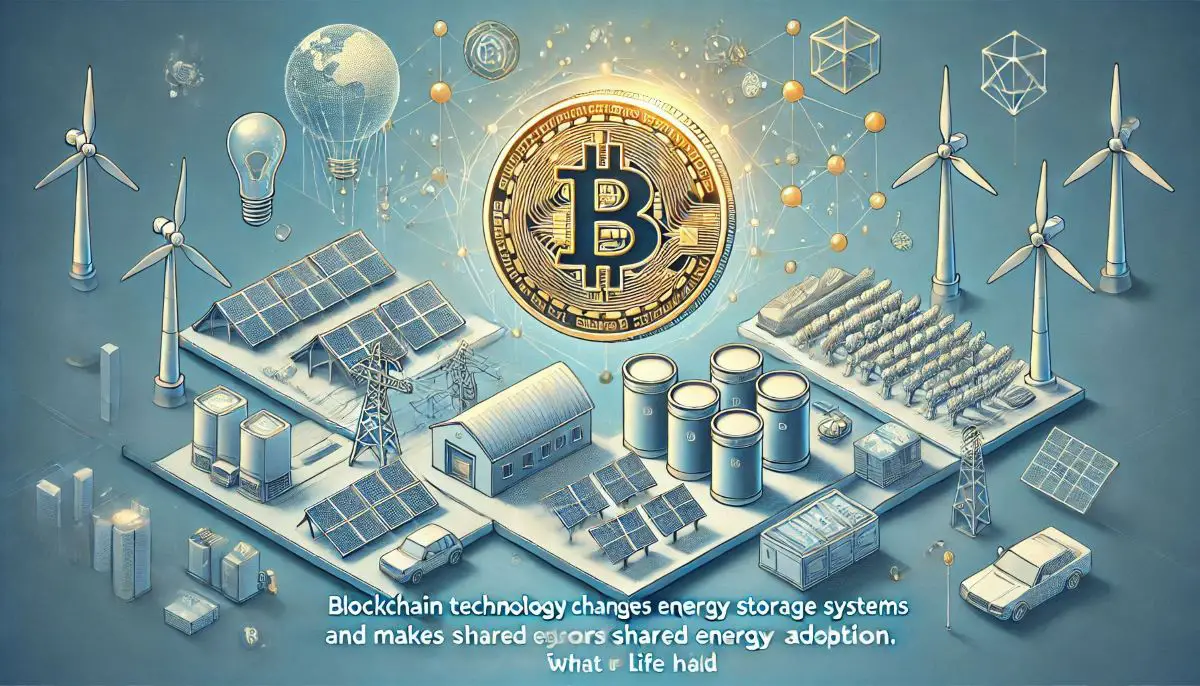
Understanding Blockchain’s Role in Energy Storage
Blockchain technology is changing energy storage systems and the management of renewable energy resources.
Fundamentals of Blockchain Technology
The energy systems are moving toward decarbonization, decentralization, and digitalization 1. Blockchain works as a decentralized database that connects data blocks through cryptographic methods 2. The technology has these essential components:
- Asymmetric Encryption: Advanced security using public and private keys 2
- Distributed Storage: Merkle tree structure for data synchronization 2
- Smart Contracts: Automated, secure peer-to-peer transactions 2
- Consensus Mechanisms: Data validation and system consistency 2
Current Energy Storage Challenges
Current energy storage systems face several critical challenges. Traditional methods cannot realize the full potential of energy storage facilities because they lack sharing mechanisms and misallocate resources 2. High maintenance costs make practical deployment economically difficult 2.
Renewable energy sources’ intermittent nature creates complex grid integration challenges 2. Data security and privacy concerns become pressing, especially when you have regions with strict privacy laws 2.
Blockchain-Based Solutions for Energy Management
Trailblazing solutions in blockchain-based energy management continue to emerge. The technology makes shared consensus-based negotiations possible through smart contracts that track generation, consumption, and network data immediately 3. This capability helps stabilize the grid and reduces flexibility service needs.
Blockchain technology combined with IoT sensors offers reliable solutions for precise measurement and verification 3. Energy storage systems with blockchain have showed major improvements in data security, operational reliability, and supply chain management 2.
Blockchain’s capabilities now make peer-to-peer power trading possible, which naturally fits the decentralized energy model 3. This approach optimizes gains and increases battery solution adoption 3, marking a major advance in renewable energy adoption.
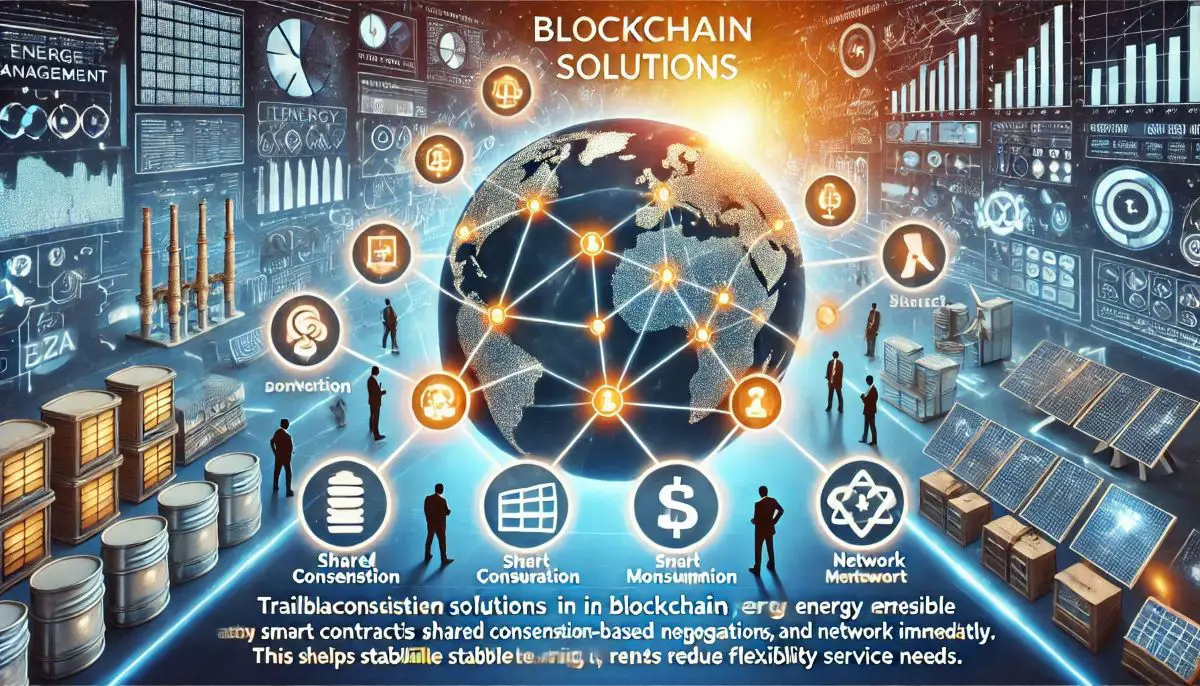
Decentralized Energy Trading Platforms
The energy landscape is changing faster than ever, and decentralized trading platforms are reshaping how people exchange and manage energy resources. Data reveals that 59% of blockchain energy projects now focus on building peer-to-peer energy markets 4.
Peer-to-Peer Energy Markets
P2P energy markets work as shared networks that let people directly trade excess energy with other participants 4. This system creates a more democratic marketplace by reducing central authority control. Our analysis shows that prosumers can earn more than traditional feed-in tariffs, and consumers pay less per kWh 5.
The benefits we found include:
- Less dependence on intermediaries
- Lower transaction costs
- Better market transparency
- More choices in energy sources
Smart Contract Implementation
Our smart contract implementation uses several vital parameters:
| Parameter | Function |
|---|---|
| Owner Address | Identifies energy provider |
| Energy Balance | Tracks available energy |
| Smart Meter Readings | Monitors live usage |
| Minimum Threshold | Will give a sufficient supply |
These contracts run automatically when specific conditions are met 6. The system checks:
- Energy availability verification
- Credit score assessment
- Dynamic energy balancing
- Transaction validation
Real-time Energy Trading Mechanisms
Our research has led to sophisticated mechanisms for live energy trading. The system merges IoT devices and smart meters to collect data and execute transactions smoothly 7. This approach allows:
- Dynamic Balancing: Smart meter readings give live updates for energy matching 6
- Automated Execution: Transactions process automatically when conditions are met
- Secure Verification: All trades go through consensus-based validation 8
We built these mechanisms into deX (Decentralized Energy Exchange), a prototype marketplace that helps households and businesses with rooftop solar and battery storage take part in grid services 9. This platform shows how distributed energy resources can work together while keeping the system reliable.
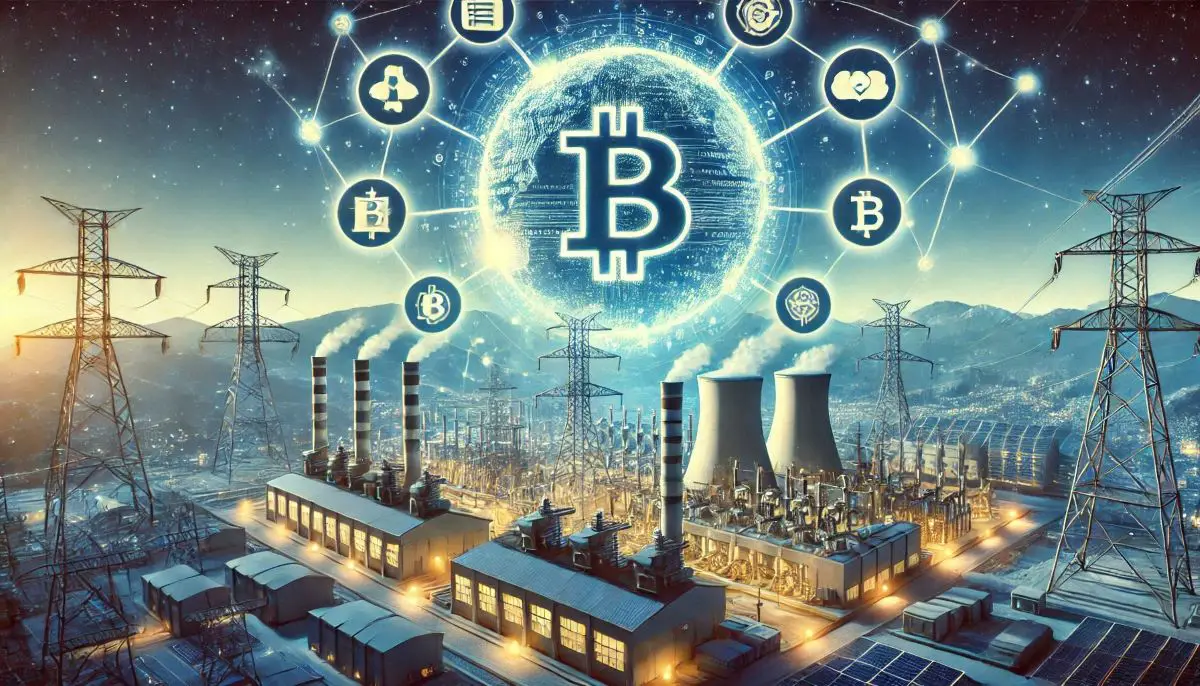
Blockchain-Enabled Grid Management
Blockchain technology is changing how we manage power grids, as shown by the groundbreaking work at the U.S. Department of Energy’s national laboratory 10. This new approach has changed how we spot and fix grid problems.
Automated Grid Balancing Systems
Our framework handles thousands of transactions every second from each smart grid device. It proves the content right and keeps the system stable 11. The system shows how blockchain can handle the huge amount of data moving through modern energy systems at high speeds 2.
The system’s core strengths are:
- Up-to-the-minute configuration checks
- Self-running problem detection
- Quick response systems
- Spread-out checking protocols
Demand Response Optimization
Blockchain has substantially improved demand response systems. Smart contracts based on blockchain can check and confirm many energy transactions almost instantly 2. This proves especially valuable for:
| Feature | Benefit |
|---|---|
| Live Monitoring | Spots system changes right away |
| Self-Running Checks | Less manual work needed |
| Smart Contract Use | Simplified processes |
| Data Checking | Better accuracy |
Security and Data Management
Our work shows that blockchain gives strong security through its spread-out ledger system. Oak Ridge National Laboratory proved the system can track unauthorized changes and find their sources 10. The framework spreads setup and running data across many servers and constantly checks equipment settings against normal patterns 11.
Our security system always watches:
- Voltage changes
- Frequency shifts
- Breaker conditions
- Power quality measurements
This method helps us know almost instantly if a problem comes from a cyberattack or natural causes 11. The system uses cryptographic hashing to handle large amounts of data quickly. This cuts down on energy use and storage needs while keeping security tight 11.
Our research confirms that blockchain’s core features – spread-out design, unchangeable records, and encryption – are must-haves for a modern, secure power grid 2. This technology shows great promise to boost cybersecurity of vital energy systems and lets grid components work together smoothly.
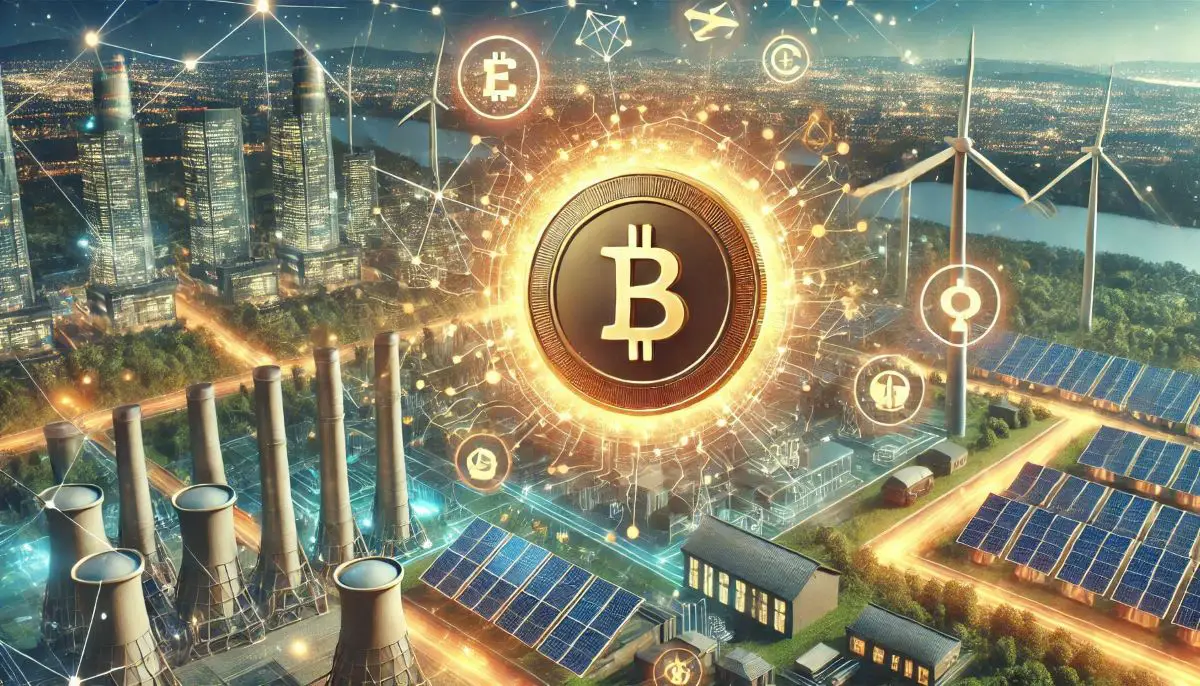
Energy Tokenization and Incentives
Blockchain technology has changed how we handle energy asset management through tokenization. This new approach lets us represent physical energy assets digitally and creates fresh opportunities for investment and trading 12.
Renewable Energy Certificates on Blockchain
Blockchain-based Renewable Energy Certificates (RECs) have changed how we track and verify clean energy. Each REC stands for 1MWh of zero-carbon electricity from certified renewable sources 13. Blockchain technology makes these certificates more transparent and reliable. Businesses and individuals can now access them easily.
Our research shows these key benefits of blockchain-based RECs:
- Automated verification and tracking
- Reduced transaction costs
- Enhanced market liquidity
- Improved regulatory compliance
Token-Based Reward Systems
We created innovative token-based reward systems that encourage energy-efficient behavior. Users can earn tokens through:
| Action | Reward Type |
|---|---|
| Energy Conservation | Bill Discounts |
| Renewable Generation | Trading Credits |
| Grid Balancing | Token Incentives |
| Demand Response | Market Access |
The World Economic Forum found more than 65 blockchain use-cases for environmental sustainability. Energy markets top their list 4. Smart contracts in our system automatically give out rewards based on set rules, which ensures fair distribution.
Market Participation Models
Our tokenization platform makes renewable energy investments available to everyone. This system allows people to own parts of energy assets, which opens the market to more investors 14. Small-scale investors can now join renewable energy projects too.
AI and IoT integration has improved our token-based system 14. We’ve successfully applied these solutions to many parts of the energy sector:
- Performance Forecasting: AI handles predictive analytics
- Operational Optimization: IoT provides live monitoring
- Identity Verification: Secure authentication protocols protect users
Our platform has lowered barriers for new projects with great success 14. More people can now invest in energy projects, which creates an efficient market. The system’s transparency adds value by showing live data about energy’s origin, quality, and effects 12.
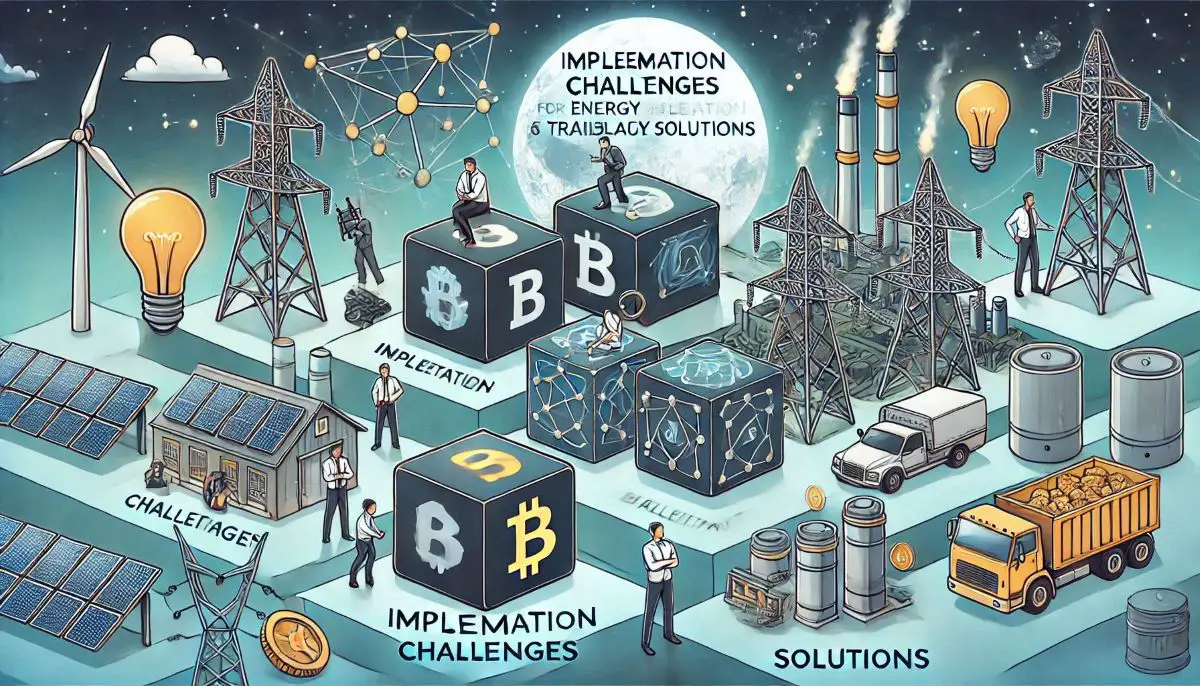
Implementation Challenges and Solutions
Blockchain solutions for energy storage face several big challenges that need trailblazing solutions. The technology shows great potential, but successful implementation just needs careful thought about multiple factors.
Technical Infrastructure Requirements
Transaction processing and storage capacity limitations remain serious hurdles for large-scale implementations 3. Current infrastructure faces several vital requirements:
- Advanced Smart Meters
- High-speed Communication Networks
- Distributed Storage Systems
- Secure Data Processing Units
System integration creates a unique challenge, especially when you have to gather readings and system data 15. Data access from meters creates a major barrier because many traditional meters don’t support Internet connections that blockchain operations need 15.
Regulatory Compliance Issues
Clear and consistent regulations don’t exist across jurisdictions, which creates big obstacles. Some regions have adopted blockchain technology with supportive frameworks, while others keep strict restrictions 16.
| Regulatory Challenge | Effect |
|---|---|
| Inconsistent Frameworks | Delayed Implementation |
| Data Protection Laws | Privacy Concerns |
| Energy Market Rules | Trading Limitations |
| Cross-border Regulations | Operational Constraints |
Large-scale implementation needs heavy investment in new regulatory frameworks 3. Regulations play a vital role to manage decentralized energy systems, regulate electricity tariffs, and resolve transaction disputes 16.
Scalability Solutions
Multiple solutions help address these challenges effectively. Sharding implementation has shown promising results and boosted transaction processing capacity 3. Research points to several effective approaches:
- Consensus Mechanism Optimization
- Development of energy-efficient protocols
- Improved decentralization capabilities
- Better security frameworks 3
- Cross-chain Interoperability
- Better information exchange between platforms
- Streamlined transaction processing
- Reduced operational bottlenecks 3
These solutions need substantial investment in blockchain platform deployment and infrastructure upgrades 3. Visa’s platform can handle up to 65,000 transactions per second, while traditional blockchain networks process far fewer transactions 16.
Layer 2 scaling and improved consensus mechanisms help address these limitations. These improvements reduce energy consumption by a lot while maintaining security integrity. Smart contracts have become a soaring win in automating compliance processes and reducing operational overhead.
Research and development efforts continue to optimize these solutions. Advanced technology combined with regulatory compliance builds resilient foundations for eco-friendly blockchain implementation in energy storage systems.
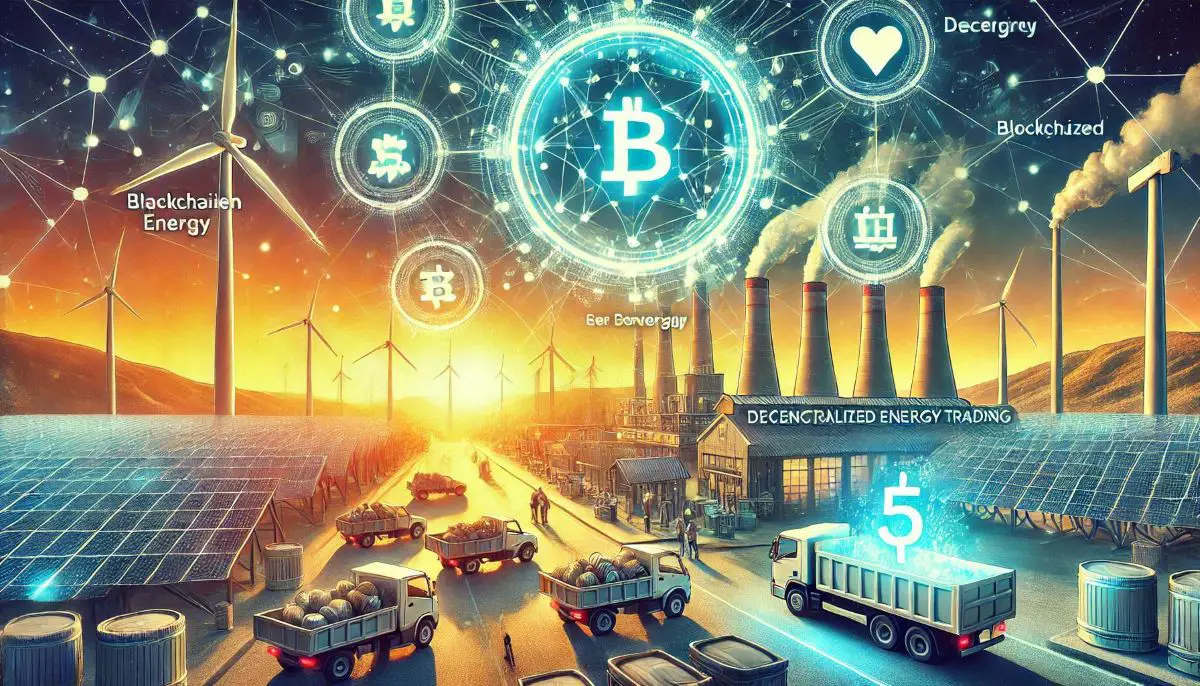
Conclusion
Blockchain technology has proven its worth way beyond the reach and influence of cryptocurrency. It’s now the life-blood of modern energy storage and distribution systems. Our research and hands-on experience shows how blockchain helps solve key challenges in renewable energy adoption, from managing grids to enabling peer-to-peer trading platforms.
Our analysis shows how blockchain affects energy systems in several ways:
- Smart contracts enable automated, secure energy transactions
- Decentralized platforms create the quickest way to trade energy peer-to-peer
- Advanced grid management systems improve security and reliability
- Tokenization mechanisms make renewable energy investments accessible to everyone
Technical and regulatory challenges still exist, but our solutions show promising results. Sharding, cross-chain interoperability, and optimized consensus mechanisms lead to adaptable implementations. These advances, combined with evolving regulatory frameworks, make blockchain a vital tool for future energy systems.
Blockchain’s integration with renewable energy storage takes us closer to eco-friendly and efficient energy management. This technology reduces waste, improves distribution, and opens new doors for market participation and investment. Our ongoing system development strengthens blockchain’s role in changing energy storage. This drives us toward a more sustainable and democratized energy future.
FAQs
Q1. How does blockchain technology enhance renewable energy adoption? Blockchain technology improves the efficiency, flexibility, and transparency of renewable energy supply. It enables traceable and secure transactions, facilitates peer-to-peer energy trading, and optimizes grid management. This leads to reduced energy wastage and more efficient energy consumption, ultimately encouraging the generation and use of 100% renewable energy.
Q2. What are the main benefits of using blockchain in energy storage systems? Blockchain in energy storage offers several advantages, including enhanced data security, improved operational reliability, and better supply chain management. It enables real-time tracking of energy generation and consumption, facilitates automated grid balancing, and allows for the creation of decentralized energy trading platforms. These features contribute to a more efficient and transparent energy market.
Q3. How does blockchain enable peer-to-peer energy trading? Blockchain technology allows for the creation of decentralized energy trading platforms where individuals can directly exchange excess energy with other participants. This system reduces reliance on intermediaries, lowers transaction costs, and provides greater consumer choice in energy sources. Smart contracts automate the trading process, ensuring secure and efficient transactions based on predefined conditions.
Q4. What challenges exist in implementing blockchain for energy storage? Key challenges include technical infrastructure requirements, such as the need for advanced smart meters and high-speed communication networks. Regulatory compliance issues also pose obstacles, as energy market rules and data protection laws vary across jurisdictions. Additionally, scalability remains a concern, with current blockchain systems processing fewer transactions per second compared to traditional payment networks.
Q5. How does blockchain improve grid management and security? Blockchain enhances grid management by enabling real-time monitoring, automated anomaly detection, and rapid response mechanisms. It provides robust security through its distributed ledger framework, allowing for continuous verification of equipment settings and operational data. This technology helps identify unauthorized changes, determine the source of faults, and improve overall cybersecurity in critical energy infrastructure.
Looking for Premium maps, please visit our affiliate site: https://editablemaps.com/ or https://ofomaps.com/
References
[1] – https://www.sciencedirect.com/science/article/pii/S2667295224000369
[2] – https://www.pnnl.gov/projects/blockchain-cybersecurity-and-grid-modernization
[3] – https://www.cutter.com/article/sustainable-energy-grid-blockchain%E2%80%99s-role-addressing-transition-pain-points
[4] – https://consensys.io/blockchain-use-cases/energy-and-sustainability
[5] – https://www.sciencedirect.com/science/article/abs/pii/S0045790621002780
[6] – https://www.mdpi.com/2076-3417/14/1/253
[7] – https://blaize.tech/article-type/overview/building-a-decentralized-energy-brokerage-platform-blockchain-and-smart-contracts-for-energy-trading/
[8] – https://www.sciencedirect.com/science/article/abs/pii/S030626192301471X
[9] – https://arena.gov.au/projects/decentralized-energy-exchange-dex/
[10] – https://www.utilitydive.com/news/doe-tests-blockchain-technology-to-ensure-grid-security-resilience/637364/
[11] – https://www.ornl.gov/news/researchers-use-blockchain-increase-electric-grid-resiliency
[12] – https://www.repsol.com/en/energy-and-the-future/technology-and-innovation/all-about-tokenization/index.cshtml
[13] – https://www.ibm.com/think/topics/blockchain-for-renewable-energy-certificates
[14] – https://www.theiaengine.com/member-news/energy-tokenization-a-new-way-to-finance-and-trade-energy/
[15] – https://publications.jrc.ec.europa.eu/repository/bitstream/JRC125216/JRC125216_01.pdf
[16] – https://www.alcimed.com/en/insights/blockchain-technology-for-the-energy-sector-significant-potential-but-still-key-challenges-to-overcome/














